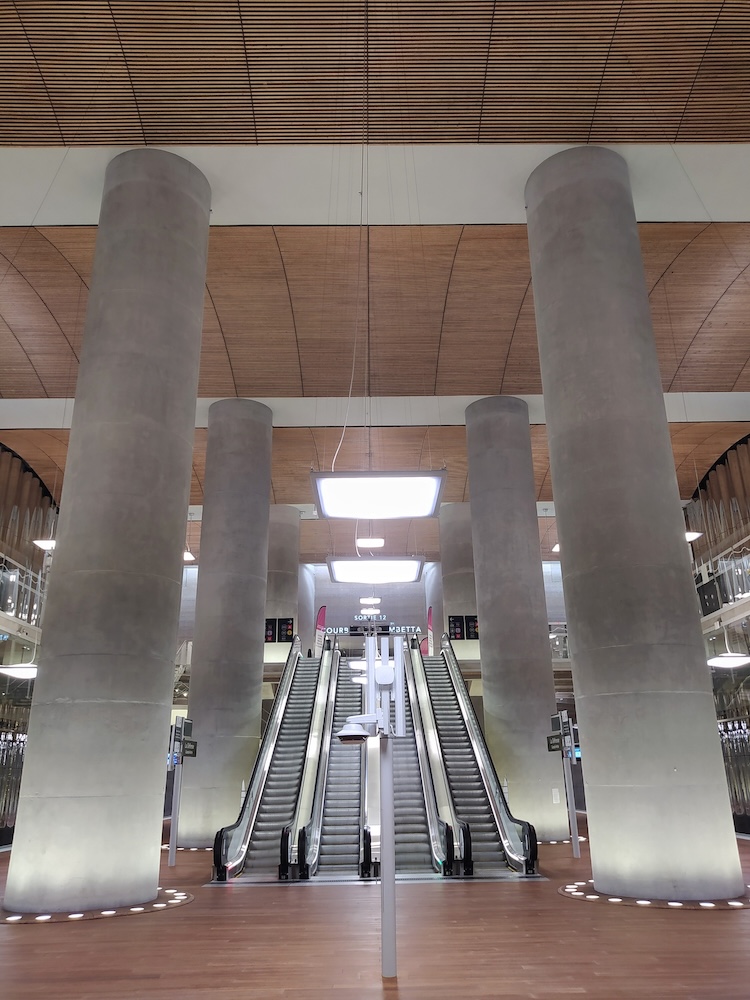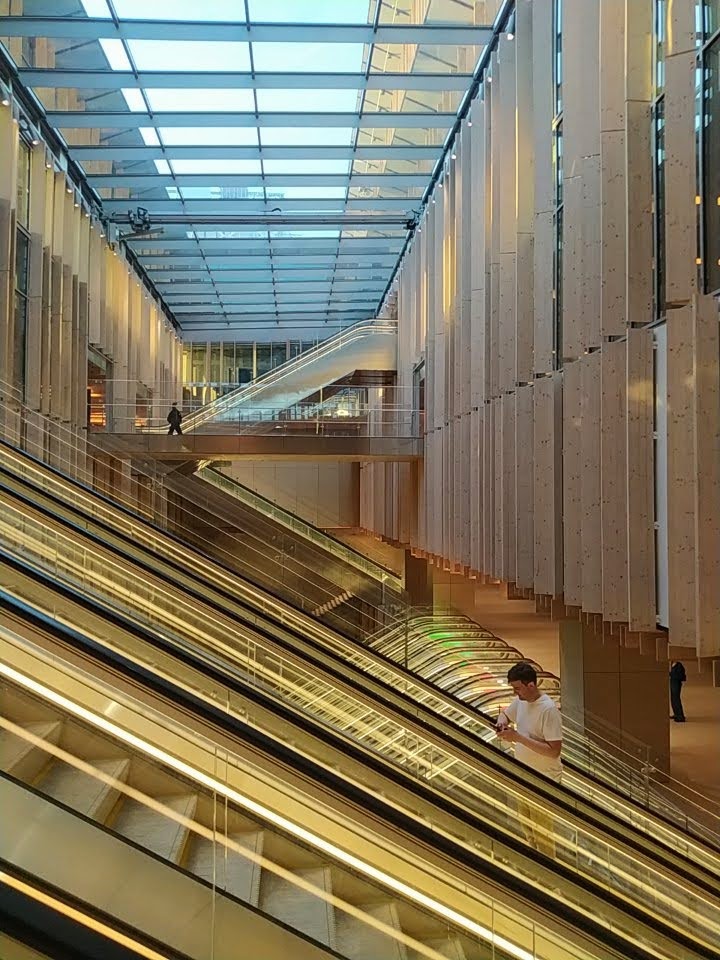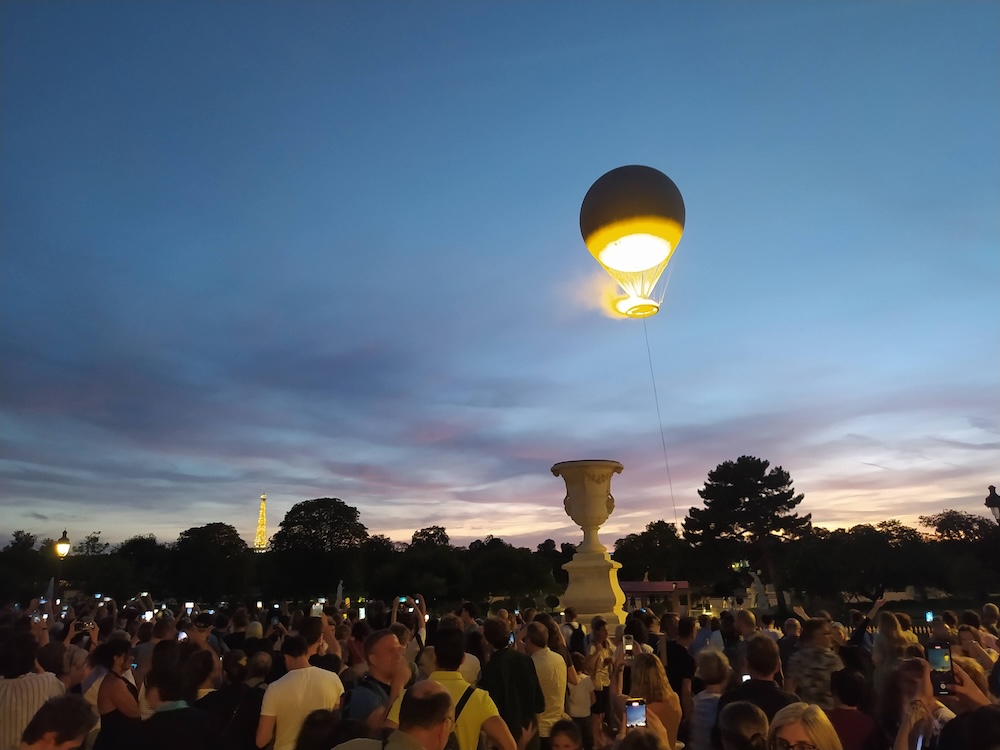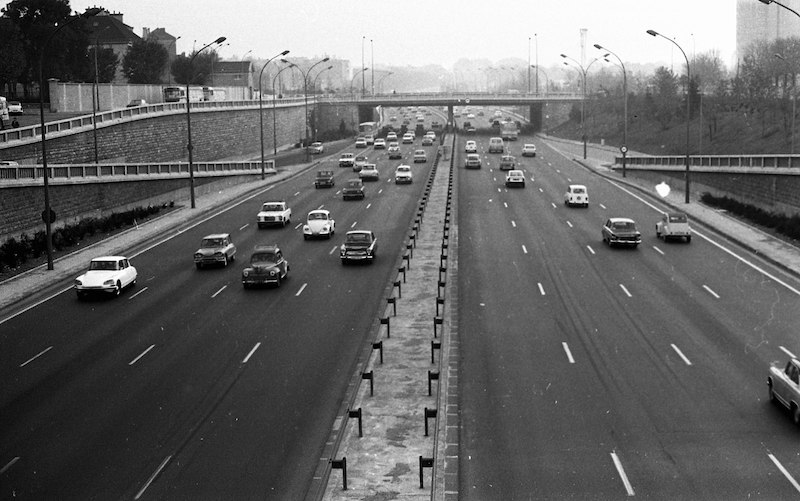When a colleague asked me recently to translate the French word rentrée, I struggled. It basically means “back-to-school”, but it’s much wider than that. In a country where three-week summer vacations are the norm, the beginning of September is about more than just school. Paris empties out in August, with many restaurants closing for a month or more. Doctors disappear. Politicians leave their posts. In September, it’s all over.
This year’s rentrée was even more abrupt than usual. Many locals dreaded the Olympic and Paralympic Games, and fled the capital for longer than usual. In the event, Paris 2024 was widely seen as a success. But it’s over now, and the Parisians are back. Meanwhile, a snap legislative election at the beginning of July left France effectively without a government. But we have one now. And the semblance of national unity we saw during the Olympics has dissolved in the September rain. Indeed, even the weather has made it clear the summer is over, with temperatures dropping significantly after the end of August.
After a longer-than-expected hiatus, it’s also time for Fabric of Paris’s rentrée. Let’s look at some of what’s happened in the city during this historic summer – and a little of what to expect in the coming months.
Transport
This being Fabric of Paris, we’ll start with transport. After tram line 3b’s extension opened in April, three even more significant extensions followed. RER line E was extended westward to Nanterre in May, and although service on the new section remains very partial, it has offered us a chance to see its spectacular new stations. I visited in June, and will post soon with more photos and analysis.

Metro line 11 followed, doubling in length to reach Rosny-sous-Bois, deep in the eastern suburbs. I visited this extension shortly after it opened in June, and will also publish my thoughts on this shortly.
By far the most important extension, in terms of scale, impact, and immediate utility, is that of line 14, which also doubled in length and now reaches from Saint-Denis (serving Olympic sites like the Stade de France and the aquatics centre) to Orly airport. I visited this on the evening of 24 June, the day it opened, and will publish my thoughts about it soon.

Two other transport developments have recently piqued my interest. The first is Urbanloop, a new attempt to make “personal rapid transit” work. The concept aims to take passengers directly, without intermediate stops or transfers, from their origin to their destination, using small, driverless pods. Paris has tried this before with Aramis, whose failure I covered in depth in an early Fabric article. With technology having moved on, the folks behind Urbanloop claim their moment has come. But their version, thus far at least, is less ambitious in scale. PRT can work in small, closed systems, as demonstrated by Heathrow airport’s Ultra. Urbanloop’s showcase this summer served an Olympic fan zone in the southwestern suburb of Saint-Quentin-en-Yvelines, and had just two stations. In 2028, they will step up to a seven-station line, in Nancy in eastern France.
The other newcomer is a cable car in Créteil. I wrote in 2020 about the region’s ambitious plans for cable cars. For now, only one line has been confirmed. But it’s almost here. Câble C1 (formerly “Câble A”) began test runs this month, ahead of its opening next year.
Elections
The early summer was also marked by elections to both the European parliament and the French National Assembly. My short piece about the French legislative election (and the simultaneous UK general election) was picked up by the Medium newsletter.
Games
In July, the big event began: for the first time in a century, Paris hosted the Olympic and Paralympic Games. Almost everyone seemed to think something would go wrong. A dedicated optimist, even I began to wobble when, on the day of the opening ceremony, saboteurs caused chaos on the national railway network. But the innovative ceremony along the Seine was a huge success. Not even continuous rain could spoil the atmosphere.

The railways were disrupted for the weekend, but back to normal by the following Monday, when I took a TGV north to Lille for some women’s basketball. I had never been to a sports match of any kind before, but this was a blast. I also enjoyed table tennis and badminton matches back in Paris.
Unlike in previous Games, where huge new complexes have been built and later gone underused, Paris 2024 was dedicated to sustainability. Many of the venues were temporary structures, for example at the Place de la Concorde or the Champ de Mars. Others were preexisting sites, like the Stade de France or the exposition centre at Porte de Versailles. The only new venues were an indoor stadium at Porte de la Chapelle and an aquatics centre in Saint-Denis. These were carefully considered according to the long-term needs of locals.
Next
The Games have gone, but Paris’s story continues.
Mayor Anne Hidalgo is known internationally for her work to reduce the impact of cars on the city. Following the Olympics, she is pushing ahead with a plan to tame the notorious boulevard périphérique.. During the Games, one lane of the ring road was reserved for Olympic traffic. From 1 October, this lane will be dedicated, during weekday rush hours, to carpooling and public transport. Meanwhile, the speed limit on the road – currently 70 km/h – will be reduced to 50. This is of course controversial, not least because most of the périph’s users don’t live under Hidalgo’s jurisdiction. But many of those impacted by it do. According to experts, the change in speed limit is unlikely to measurably impact air pollution. But it should reduce noise impacts, particularly at night when there is little enough congestion for it to matter.

In public transport, a new bus rapid transit line is expected to open later this year: line 4 of the “T Zen” network. Although it’s numbered 4, this will only be the second such line. The T Zen features dedicated lanes, signal priority and all-door boarding – hallmarks of BRT. Uniquely for the region, line 4 will sport double-articulated buses, reaching a length of 24 metres. And they’re fully electric.
In the longer term, a major shakeup of ticket fares is in the works. From 1 January, all rail and metro journeys will cost €2.50 – a fairly big increase for journeys within the city centre, but a huge drop for many longer journeys on the regional rail network. Bus and tram trips will cost €2. With a Liberté+ card, which allows residents to be billed each month for the previous month’s journeys, prices will be 20% lower.
Finally: on 8 December, the Notre-Dame will open her doors once again. The renovation won’t be finished, but it will – for the first time since the fire of April 2019 – be safe enough for visitors and worshippers to enjoy.
You can expect follow-up posts in the next few weeks about many of the things I’ve mentioned here. Sign up for email updates below to make sure you don’t miss out.
 Fabric of Paris
Fabric of Paris